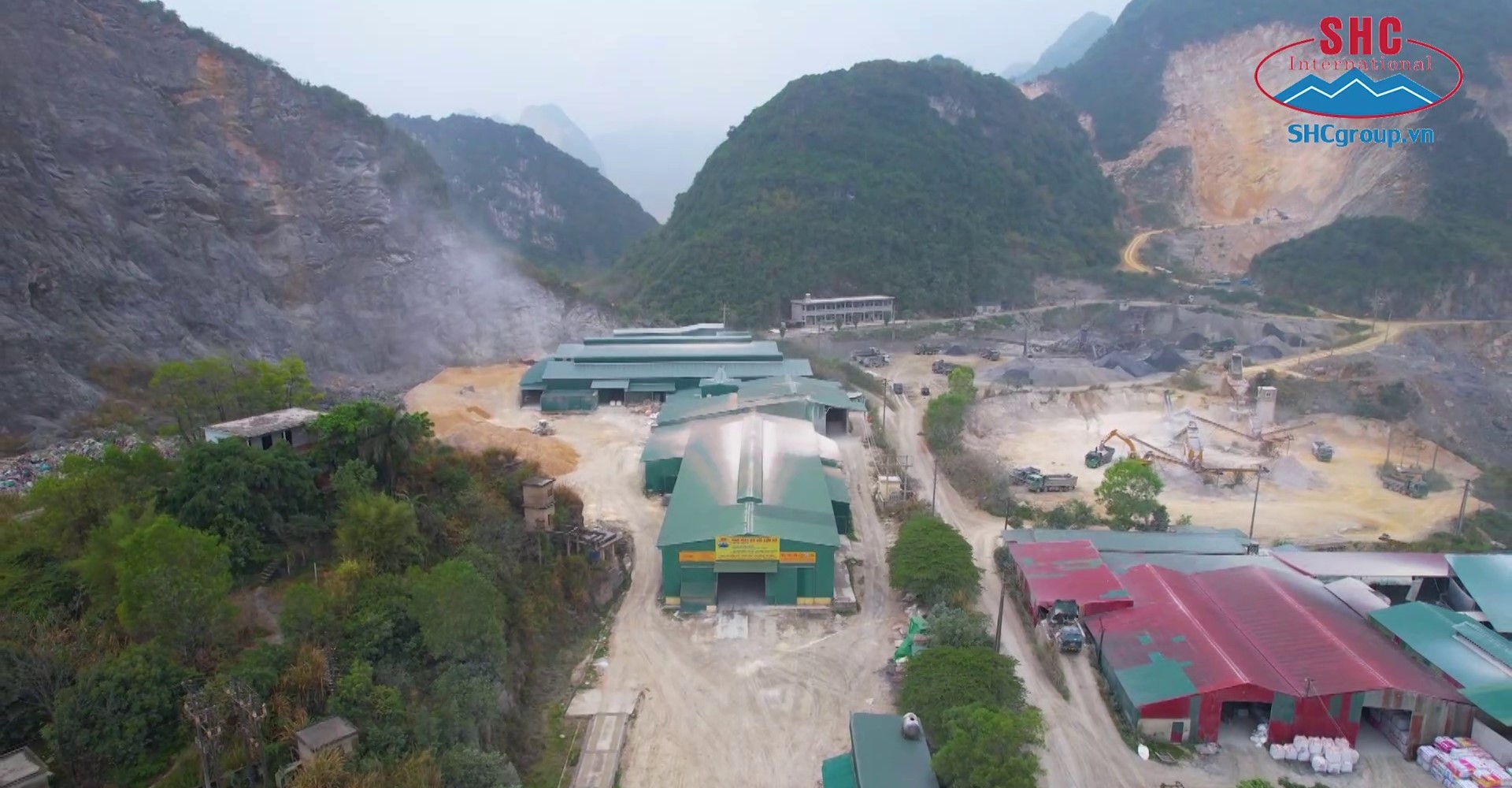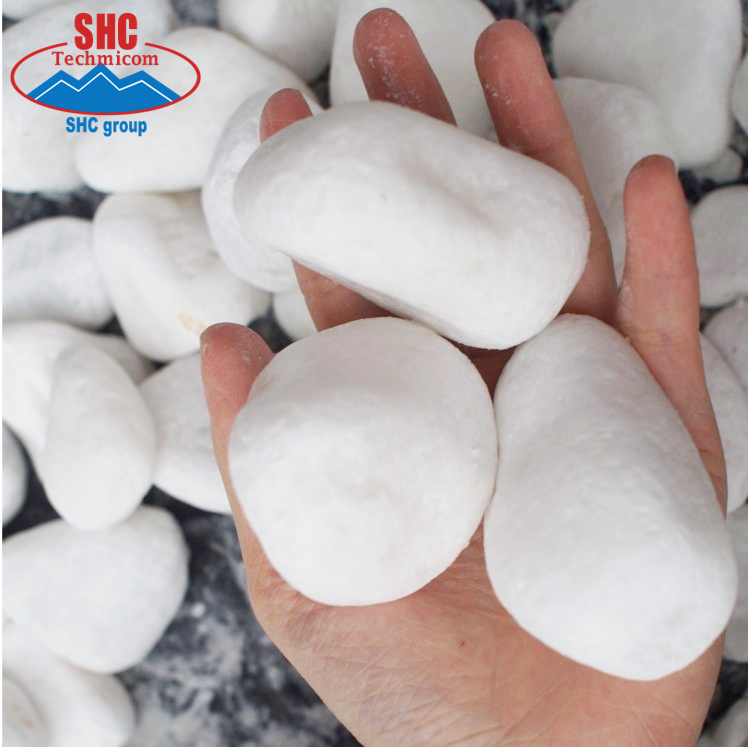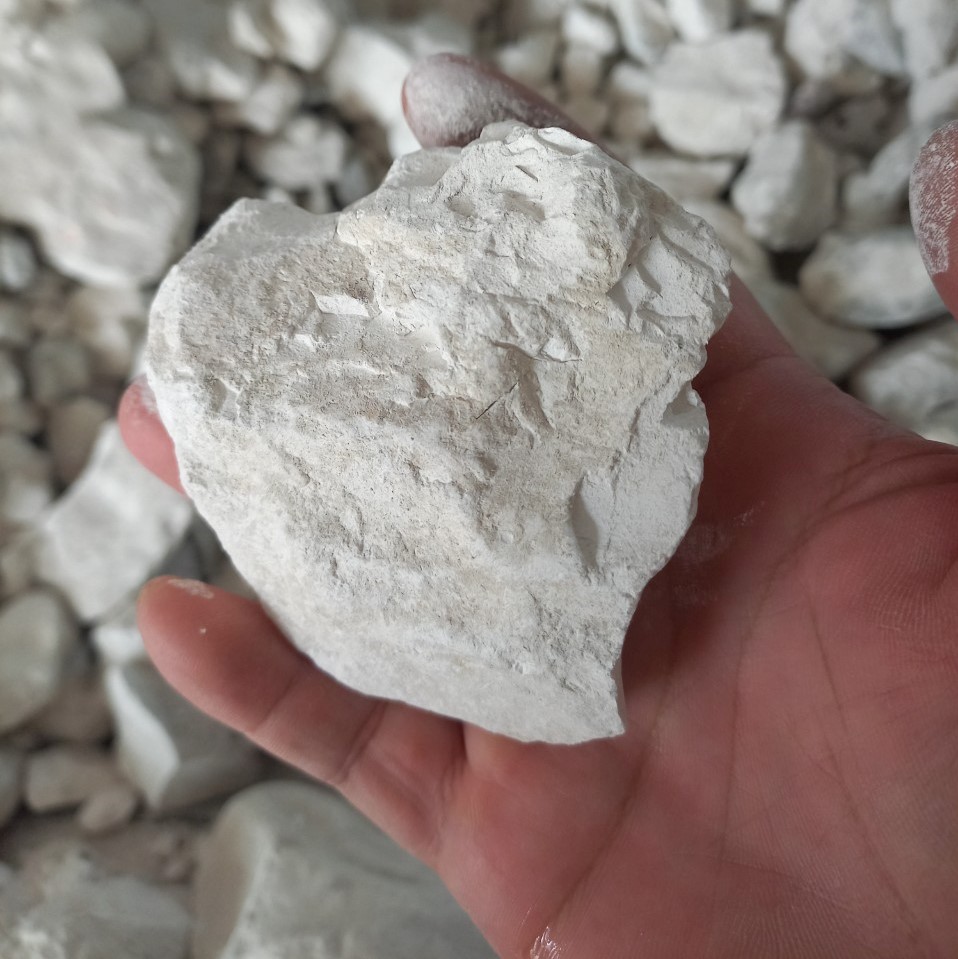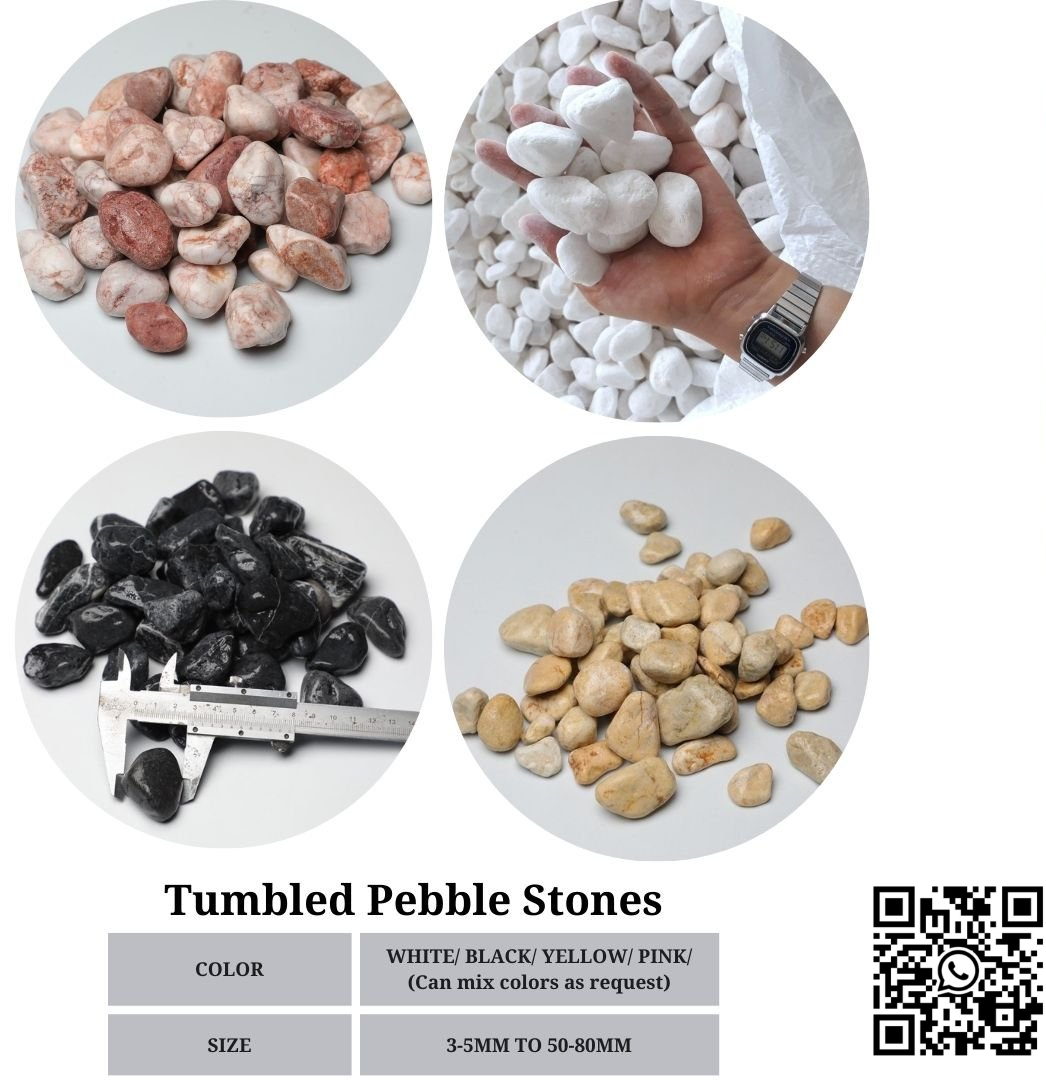The world is short of limestone, Vietnam is fortunate to hold large reserves
Limestone demand increases sharply
According to marketwatch, the world limestone market is expected to grow strongly with a compound annual growth rate of 6.02% between 2022 and 2028.
The main growth driver of this market is the growing demand for cement in the construction industry. With huge investments in construction and infrastructure industries globally – driven by policies from governments of developing economies – demand for cement and construction is increasing day by day.
Emerging economies in Southeast Asia are experiencing strong demand for infrastructure projects, which in turn increases demand for homes, construction materials, and related services. The recovery of the European construction industry is also what makes limestone “sold out” in the future.

However, there are still factors that hinder the growth momentum, such as the slowing growth rate of major economies like China. Damage to structures and statues caused by acid rain (especially to products made from limestone) has reduced its popularity in residential buildings.
India is the largest importer of limestone, with a 48% market share, followed by Japan, Korea, Germany and the Netherlands. The demand for paper in India is expected to grow at a steady rate in 2020, due to the packaging industry and the growing number of schools. The increasing number of construction projects is expected to make the construction industry thrive in India. This figure is predicted to contribute around 10% to India’s GDP.
In addition, as India’s pharmaceutical, food and beverage industry grows, the consumption of calcium carbonate in India is expected to increase as well.
Vietnam’s advantage
According to aggregated data from the OEC site (of the Massachusetts Institute of Technology, USA), in 2020, Vietnam is the second largest exporter of limestone in the world. Specific exports include: United Arab Emirates ($333 million), Vietnam ($90.2 million), Japan ($73.1 million).
A study conducted between Vietnamese and Korean experts shows that there is a lot of room for developing cooperation in the limestone field between the two countries. Accordingly, the land area of Korea is quite small, so natural mineral resources are somewhat limited. Significant mineral reserves such as zinc, anthracite, gold, iron ore, silver, graphite, tungsten and lead,… account for two-thirds of the total mineral reserves in Korea.
Meanwhile, Vietnam has quite rich limestone resources. There are 4 major limestone quarries mentioned in the study, namely Hai Phong, Ninh Binh, Nghe An and Kien Giang. In terms of quantity, Vietnam’s high-grade limestone reserves are about four times larger than that of South Korea. In addition, the distribution of limestone in Vietnam is 3 times larger than that of Korea.

Vietnam’s limestone occupies 50,000-60,000 km2 of the continent, equal to 20% of the territory of Vietnam. There are limestone areas that account for half of the area, including Ninh Binh (53.4%), Cao Bang (49.5%), Tuyen Quang (49.9%) and Ha Giang (38.0%). . In particular, areas such as Mai Chau (Hoa Binh province), Moc Chau, Son La (Son La province), Tua Chua, Tam Duong (Lai Chau province), Dong Van, and Meo Vac (Ha Giang) are complete regions limestone. Most of Vietnam’s limestones are of biochemical origin.
Vietnam is rich in high quality limestone reserves. To date, there are more than 350 limestone quarries in Vietnam. So far, 274 limestone quarries have been surveyed and the reserve is estimated at 47.5 billion tons. There are also 82 dolomite mines, of which 37 have been surveyed.
However, large mines with abundant reserves still hide the undeniable potential of Vietnam in the context of the world’s increased use of limestone in the future. With the right strategies, Vietnam is fully capable of seizing the opportunity to make the most of its limestone advantages.
Source: CafeF






